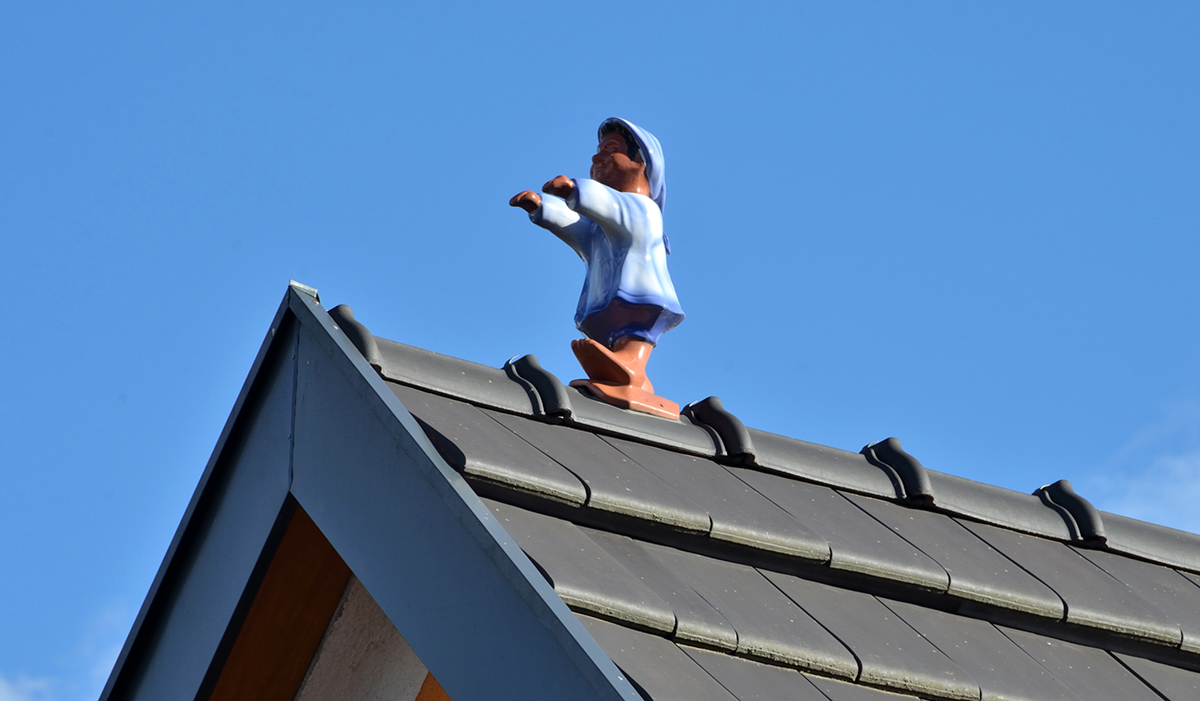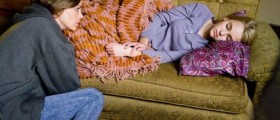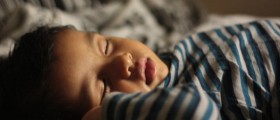
What is Sleepwalking?
Sleepwalking is a sleep disorder in which complex behaviors take place during slow wave sleep stage. Sleepwalking is also known as somnambulism. It is common in children although sleepwalking may also occur in adolescents and adults. Children usually outgrow sleepwalking by the time they reach early teen years. The episodes of sleepwalking may take place once or more than once per month and they usually do not result in harm to the sleepwalker. However, severe form of sleepwalking may occur almost every night and be followed by dangerous behavior. Sleepwalking episode may last from one to thirty minutes. After waking, sleepwalkers do not have memory of their behaviors.
Causes of Sleepwalking
Sleepwalking can be caused by several factors. They include: sleep deprivation, excessive tiredness, irregular sleep schedules, fever and stress. Use of medications such as neuroleptics, hypnotics and stimulants can also contribute to sleepwalking. Heritable factor is found to play a role in development of sleepwalking. Boys are more prone to sleepwalking comparing to girls. This sleep disorder most commonly occurs in children aged between 11 and 12 years (the prevalence is 16.7%).
Symptoms of Sleepwalking
Sleepwalking is featured by walking or moving (ambulation) while sleeping. Episodes of sleepwalking typically begin in the first third of the sleep episode, during stage 3 or 4. Usually, it can be hard to wake up a sleepwalker. Commonly, sleepwalkers do not respond when spoken to but sleep-talking (somniloquy) can be present. Sleep-talk is usually incomprehensible. Episodes of sleepwalking may include different activities, from simple sitting up in bed or walking about to running and screaming. Sometimes, in sleepwalking episode, the child urinates in the inappropriate places or may use obscene words. Sleepwalker’s eyes are open but have glazed or empty appearance. Amnesia typically follows a sleepwalking episode.
Management of Sleepwalking
In most of the cases, children affected by sleepwalking experience occasional episodes of harmless behavior. Therefore, the treatment is not necessary and sleepwalking disappears over time. However, if the episodes are frequent and followed by injuries or violent behavior, the parents should follow guidelines of the late Dr. Nino-Murcia:Eliminate lack of sleep as possible cause of sleepwalking by establishing a regular sleep and nap schedule.A full bladder can also be a trigger, so you must not allow your child to drink a lot before bedtime. Also, take the child to the bathroom before going to bed.To eliminate possible injuries, the child’s bedroom must be safe, without any obstacles. Also, keep the windows and doors locked.

















Your thoughts on this
Loading...